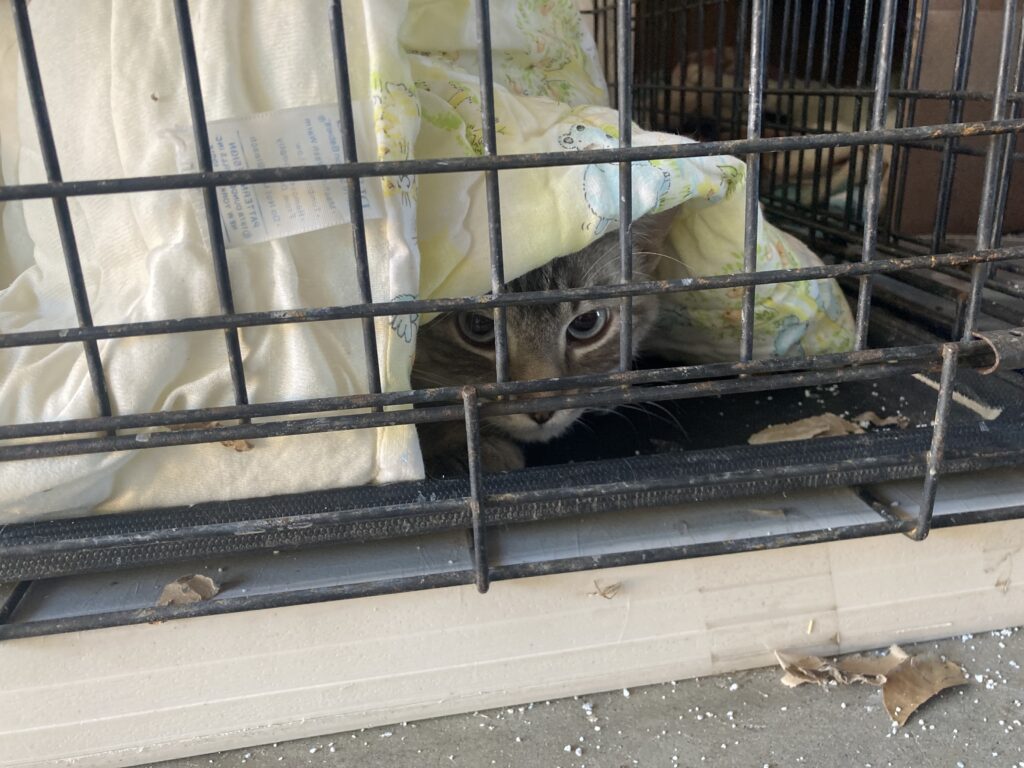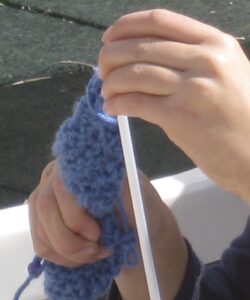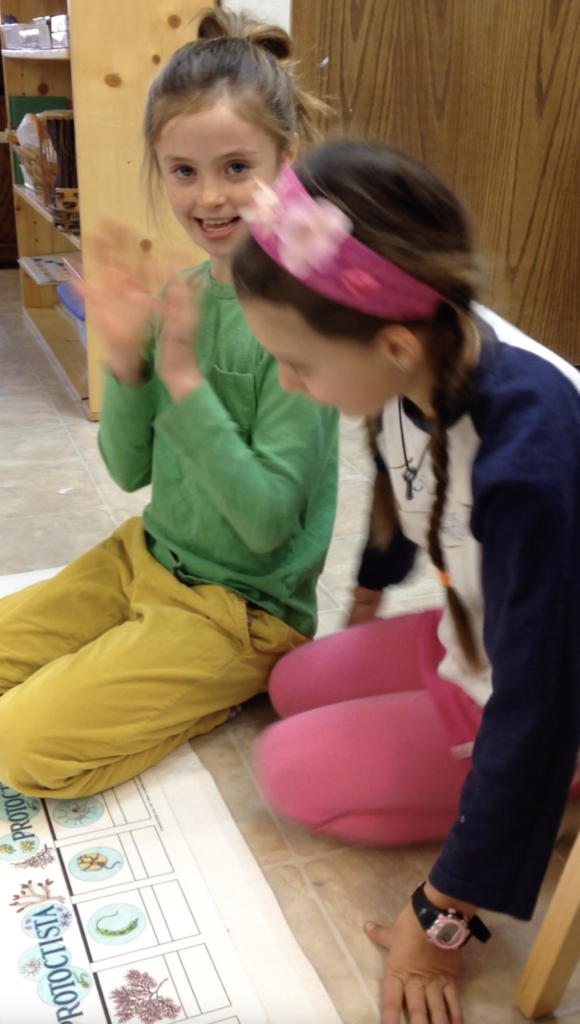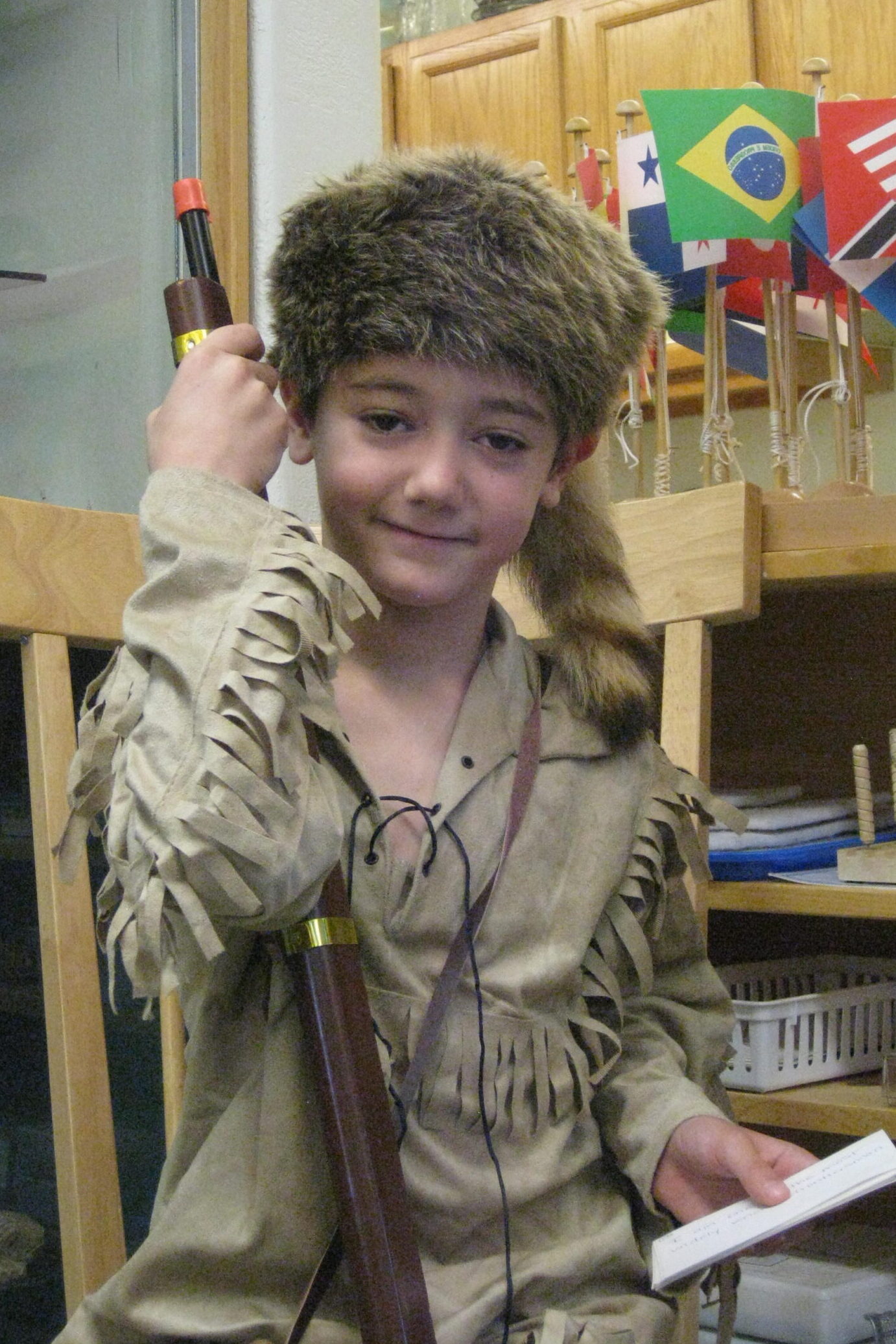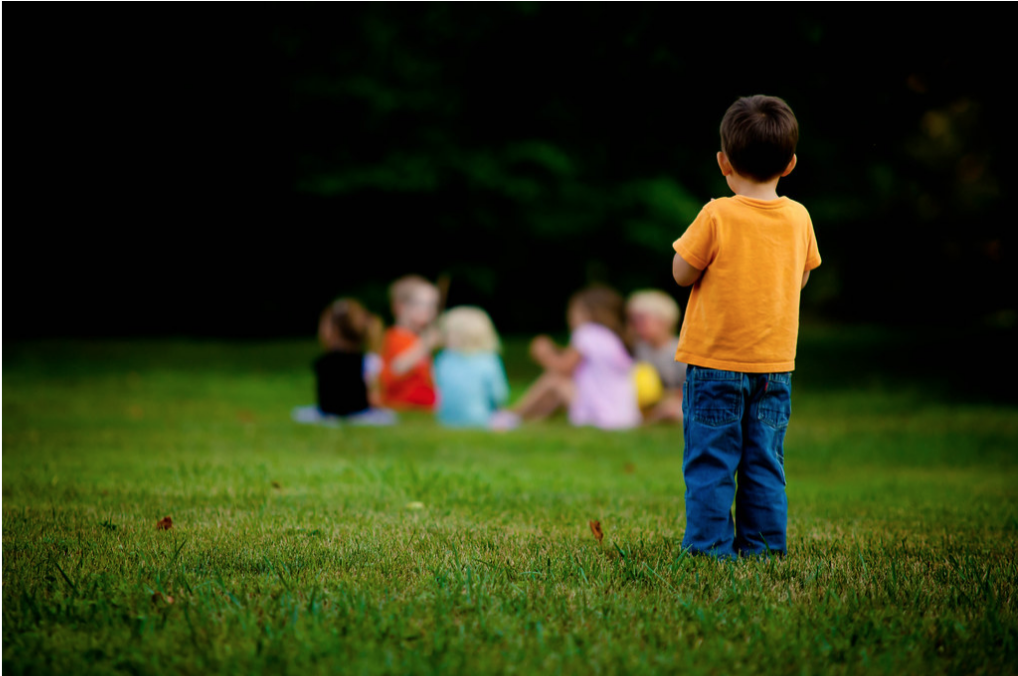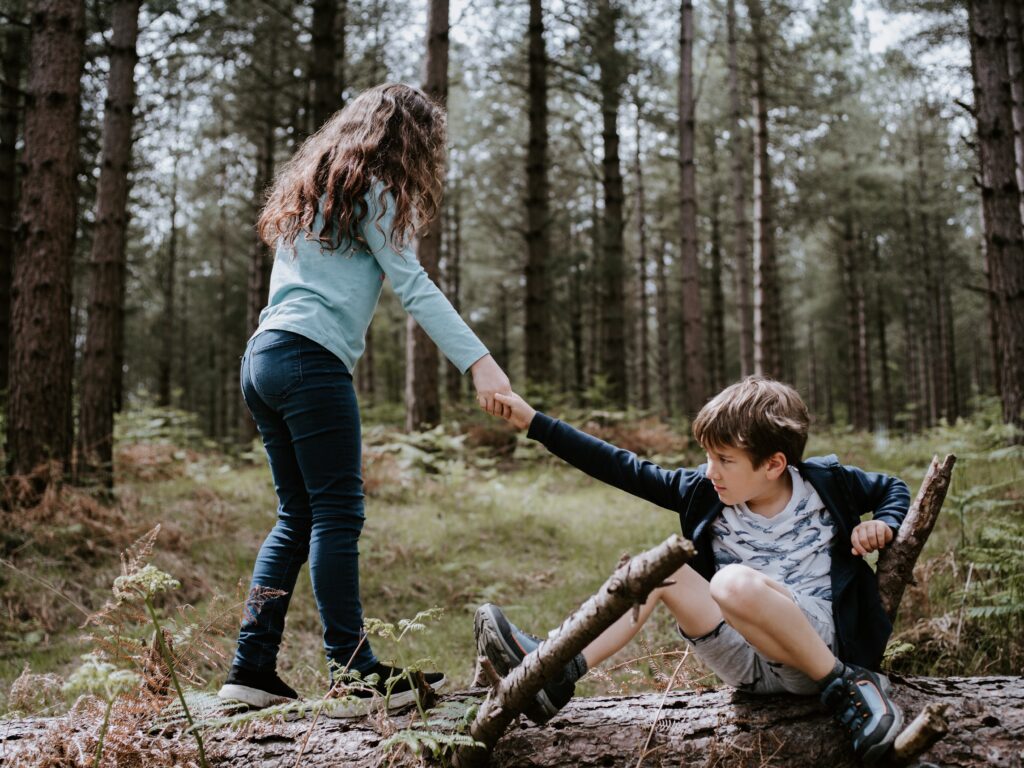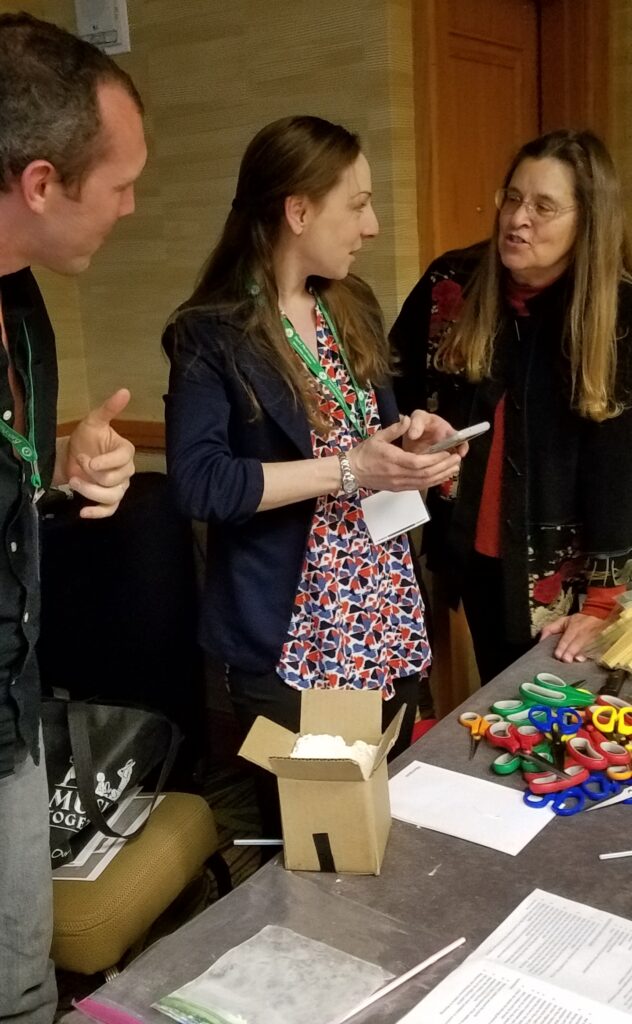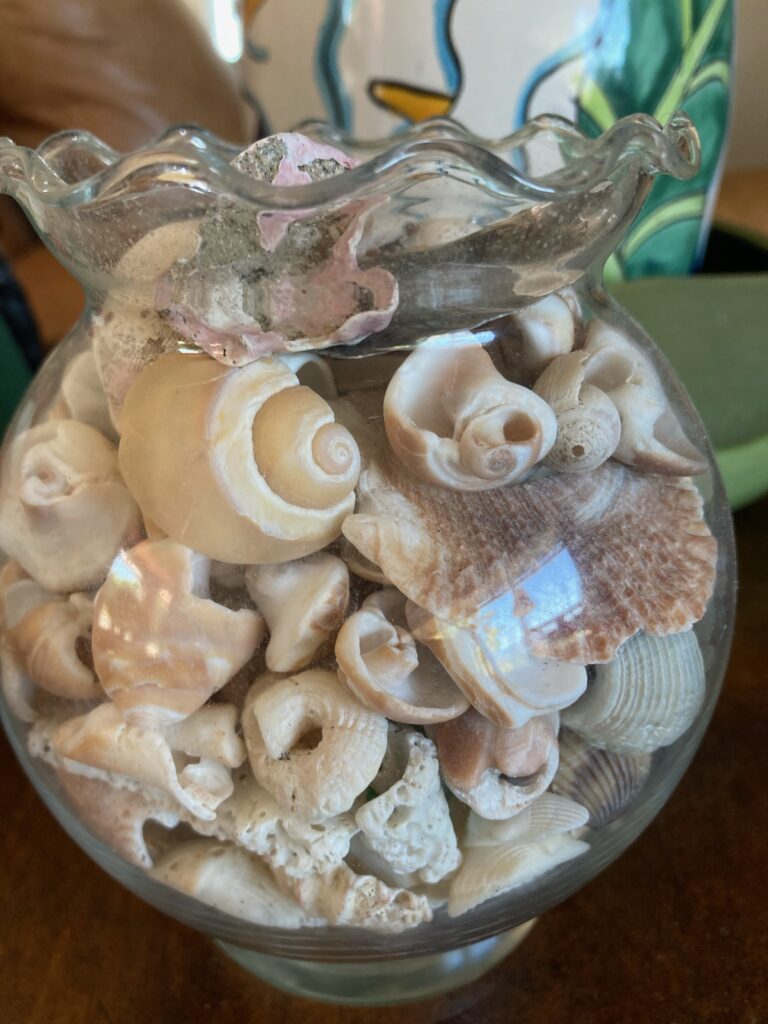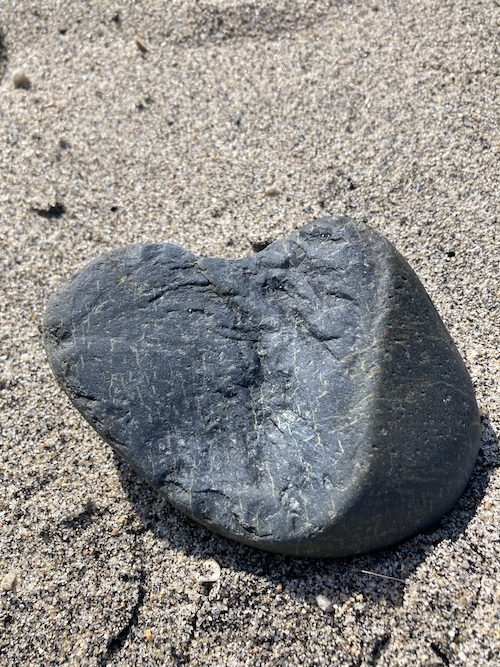“Our aim is not only to make the child understand, and still less to force him to memorize,
but so to touch his imagination as to enthuse him to his innermost core.”
Maria Montessori, To Educate the Human Potential, P. 11
Do you love the start of a new school year? The anticipation of a new group of students mixed with the old; the new class leaders; a few carefully chosen new materials to add to your carefully prepared environment; a chance to develop the unique culture of a group…all these and more usually had me stoked. At the same time, a little trepidation usually added to my excitement in the form of stress; especially in the first few years.
Stress, Distress and …Eustress?
Ever heard of eustress? I hadn’t until my first year of secondary training. It was part of our Social World class to help rising teens understand that stress isn’t all bad. Like many, if not most of us adults, I’d been conditioned to the typical view that stress is something to be avoided as much as possible. (Yet another lesson to be learned through my Montessori training …sigh!) It wasn’t that the concept was new, it was the naming of it that helped me embrace it more firmly in my teacher brain.
I’d used good stress significantly in my flute-playing career. At the conservatory, we talked about appropriate stresses that enhanced our performance versus the performance anxiety that could completely derail us. But it wasn’t until secondary training that the concept of eustress was introduced as an aid to everyday life.
The Biology of Stress
Stress is what happens in our body when something occurs that triggers our emotions. In response, our brain sends hormones to parts of our body so we are ready to take action: flight, fight or freeze. If the heightened energy helps us avoid an actual threat, it’s caused eustress. Eustress helps us out, we use the added energy, and everything goes back into balance. But when the perceived “threat” falls outside our ability to control it, we may experience the added energy as distress: tension, fear, anger, or sadness.
The fluttery feelings that come along with stress can be useful if they heighten our performance, but they can wreak real havoc if they are unwelcome or overwhelming. They can keep us from sleeping, incite headaches, undermine attention, and make us just plain grumpy.
Distress vs Eustress
So, if it’s all just “stress,” what makes the difference? When does the stress become distress or eustress. Better, or bigger, question: can we influence whether the stress causes distress or eustress? Wouldn’t that be awesome?
From my own life experiences including a boatload of reading and therapy, stress can be a wonderful teacher and guide to creating joy and peace in our lives…even when life’s throwing triggers from all directions. That’s how all this talk about stress relates to “Back to School” days.
Three Simple Ways to Turn Distress to Eustress
#1-If you’re feeling stressed about the early days of the year, figure out why.
Then change your perspective and your choices.
As noted above, stress is a trigger for some deeply held belief, expectation, or desire that feels out of your control. First step is to stop and consider what is stressing you. This is an opportunity to see if underlying the stress is a need for perfection, a fear of mistake or failure, or uneasiness around the tasks before you. Recognizing the emotions that lie underneath your stress can help you address the cause of those emotions and use that information to turn distress into eustress.
How? Let’s say that you have more new students in your class than returning. Last year being the first year after a pandemic you may have faced a rough year. You’re concerned that your returning “leaders” won’t be ready to lead. You’re worried about getting the new students settled if the returning students lack leadership skills. Perhaps what you are really worried about is being able to manage the first days back and afraid that your classroom will be chaos.
Dr. Montessori tells us that children “normalize” through work. For me, this means starting with activities that feel important…to the children. In my class, we made 3” X 3” or 4” X 4” heavy stock (like picture matboard) name cards. making a beautifully illustrated card with their name. Students made at least two or three of these to use for identifying their workspace, silently asking for help from a guide in a lesson, or for holding their place in line for snack. This activity can be introduced within a discussion of why the class needs name cards and the routines that will be supported with them.
By identifying your own need for chaos reduction, you now have a purposeful activity to look forward to in the first days of school. A quick search of Teachers Pay Teachers can provide dozens of first week activities. I recommend checking out https://teachingwithamountainview.com/. She works with older elementary students but you can easily alter her materials to fit your early year needs. Your worry and fear (distress), rooted in doubt about your ability to manage, has turned into excitement for the new project plan, and confidence you’ll be getting to know the new students with a lighter attitude.
#2: Plan activities for the first days whose primary goals are getting to know the students.
Dr. Montessori wrote often about seeing the future adult within the child. Games that encourage sharing, observation, and “everybody wins” will allow you to observe children’s responses, perhaps gaining insight to the “adult to be.” Having begun my teaching career in the 1980’s, I treasure the conversations with those children, now adults, who spent hours learning and playing with me. I can still see glimpses of the child who shared my days, walking alongside the grown man or woman talking with me.
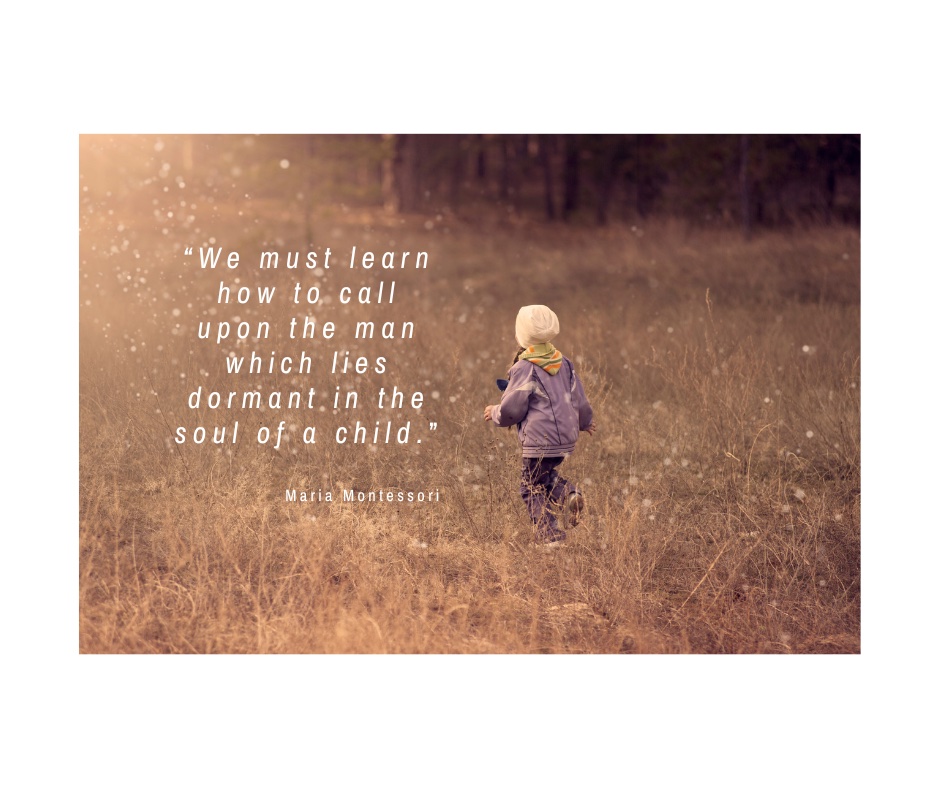
Imagining the future person who is seated at your circle can shift your focus from getting the students to behave, or normalize, to simply seeing and enjoying them. Instead of managing behaviors, you’ll be watching and listening for clues of the future adult. Your insights to their passions and dreams will help you plan learning activities to ignite the interest while practicing concepts.
Depending on the age of the students, you could include them in the imaginations of their future selves. I made a little “game” (directions here) to encourage students to find the hero within and let their wildest dreams begin to form and take hold. Embedded within the week-long activity were short read-alouds, recording (drawing, writing or dictating), and tons of conversations, all observation opportunities to get to know your students’ personalities, thoughts, excitements, and skills, too!
#3: Say “That’s Enough!” and mean it.
One of the hardest things about the first weeks of school is the never-ending “to do” list. If having too much to do in the amount of time you have is causing you stress, then look at your list and remove those things that can be left for another day…in other words: prioritize!
But don’t just prioritize based on things that you can leave till tomorrow. Prioritize based on including the things you TRULY ENJOY doing. Do you like adding décor to your classroom? Then choose three or four things you can do to spiff it up before the first day and leave it at that. Choose things that lift your spirit and touch your heart. Place conspicuously so you can glance in that direction when you need a little encouragement.
Then, once school begins, include the children in placing special objects throughout the environment. You could create boxes of items for children to choose from and encourage changes throughout the months to come. Just like flower arranging, this teaches the students that this is their space and they have ownership in making it beautiful…not ONLY cleaning it to keep it beautiful.
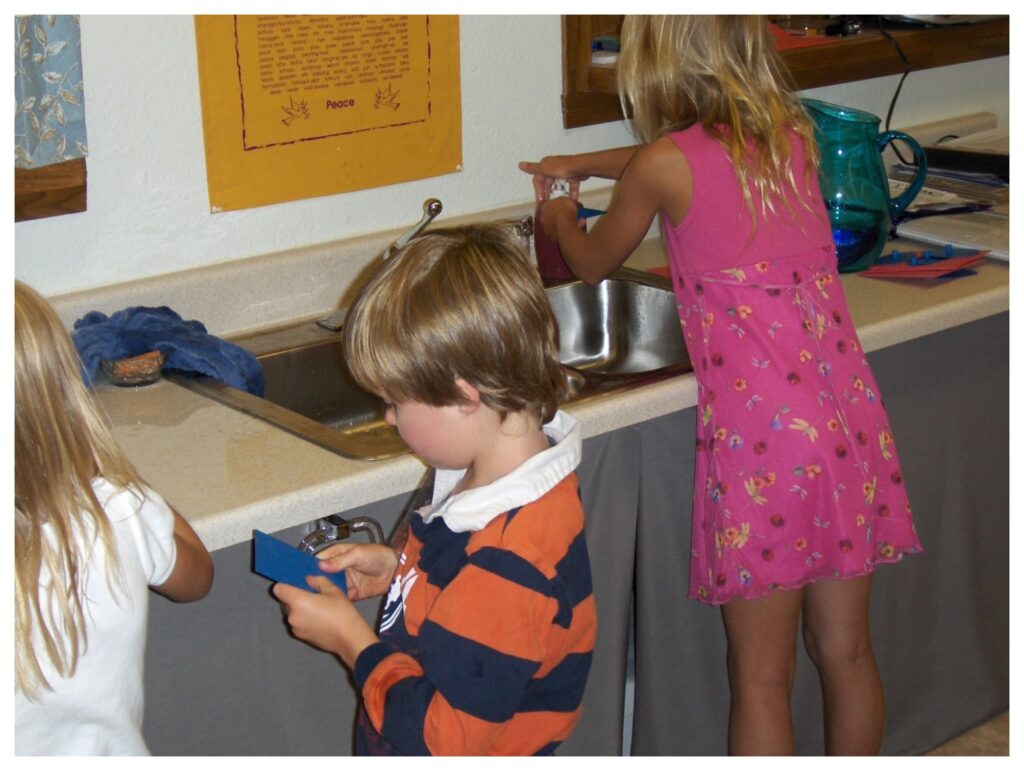
After the first couple of years of thinking I had to have every cubby labeled, every notebook named, all the folders identified before the first day of school, I learned that including these items as activities in the early days of school not only saved me prep time but also taught valuable organizational skills that would be used throughout their future school life. By introducing the purpose of labeling and including the students in the process, they took greater ownership of their materials. Notebooks were placed in cubbies with care, and the labels were stunning!
Creating a Eutress-ful Beginning
While few of us entered the teaching profession so that we could carry around the burden of distress, too many of us end up doing exactly that.
These three simple ways of shifting from distress to eustress can be used at any time of the year, but especially entering your school year with excitement and eustress, a stress that is motivating you toward the organization and planning that will create a peaceful classroom, can make this time of year a period of relaxed enjoyment, setting the stage for a year of joy-filled learning!
==============
* Clearly, we have a social duty towards this future man, this man who exists as a silhouette around the child, a duty toward this man of tomorrow. Perhaps a great future leader or a great genius is with us and his power will come from the power of the child he is today. This is the vision which we must have. ~ Maria Montessori, The 1946 London Lectures, p. 140.

